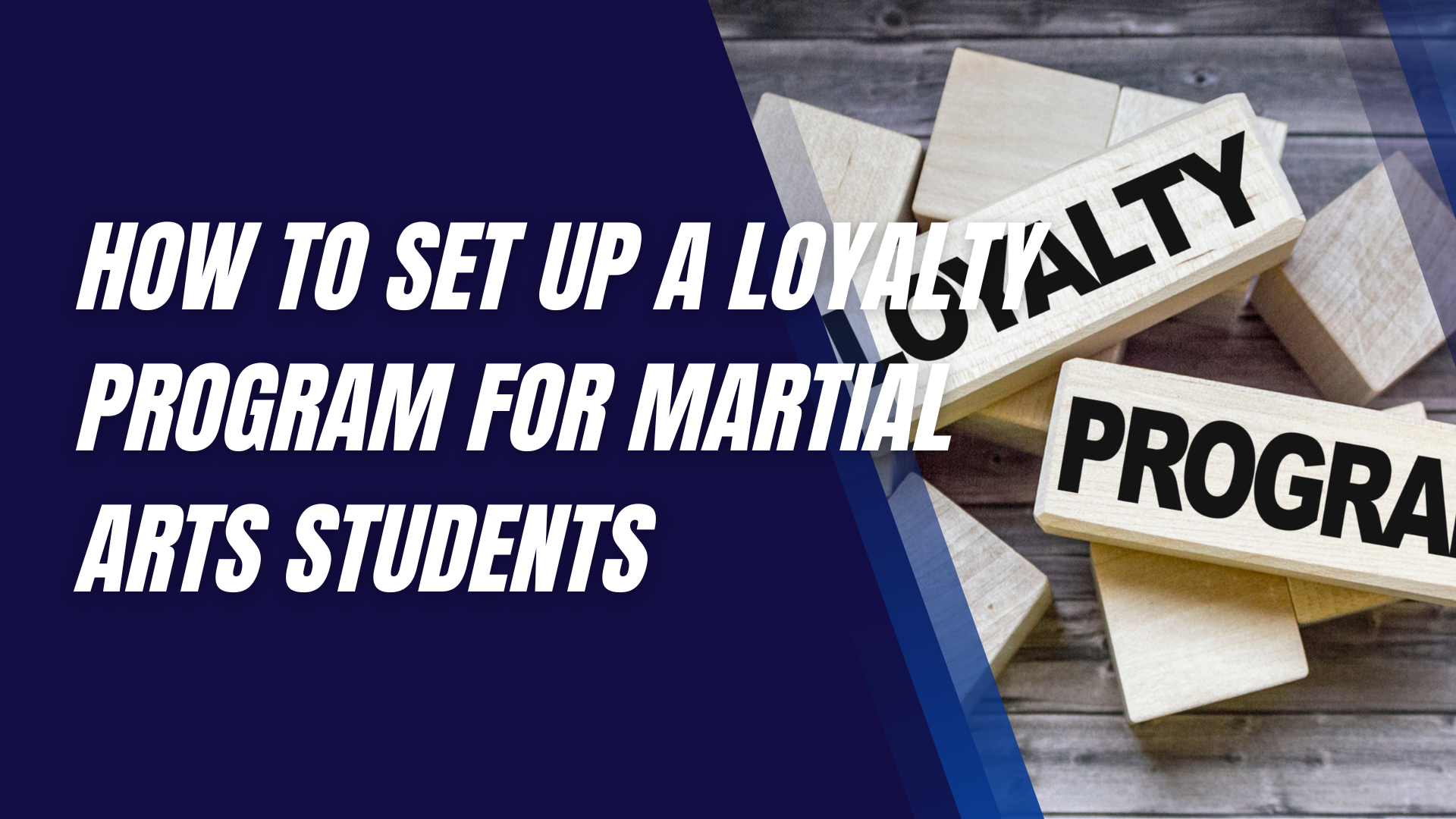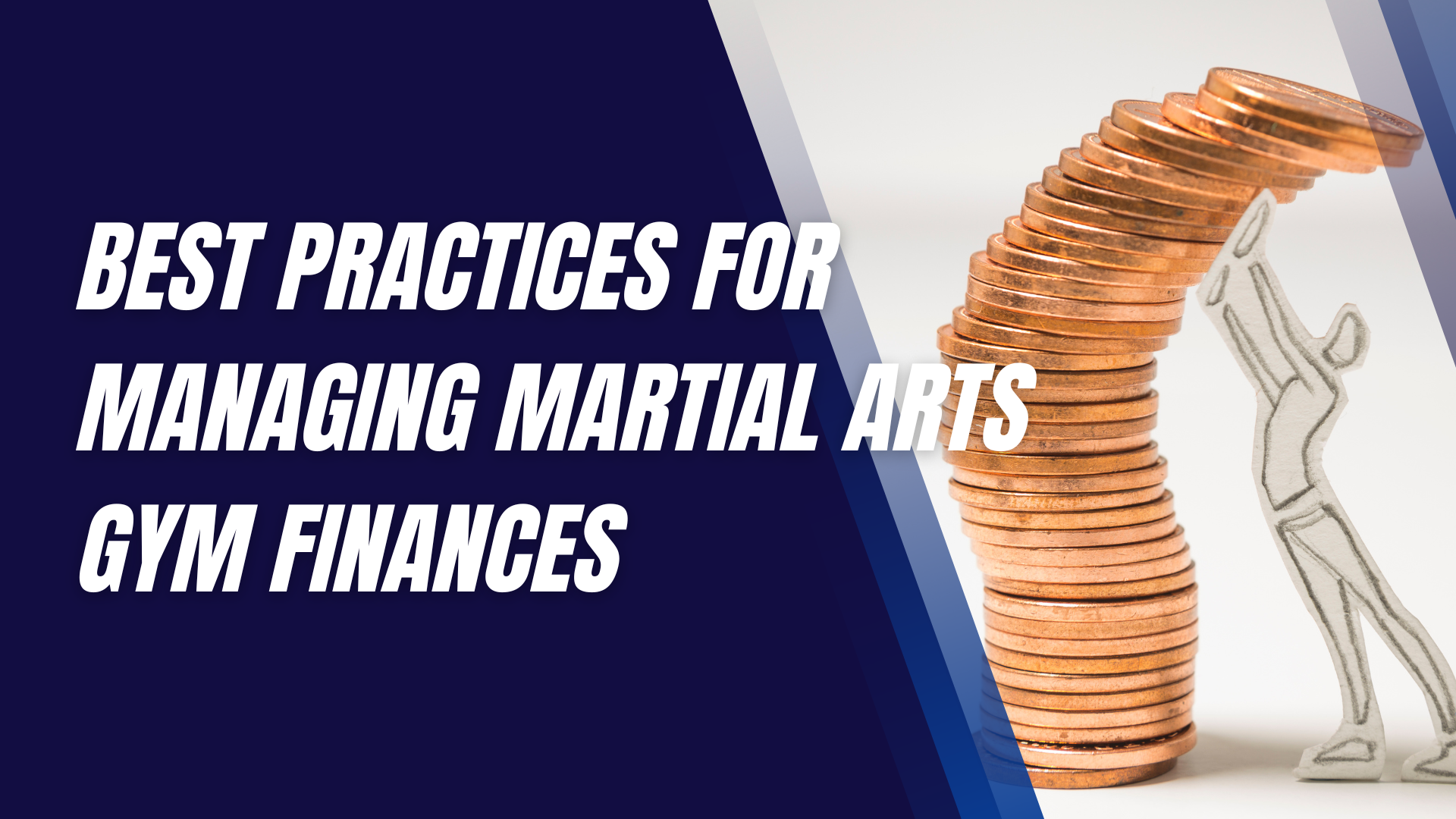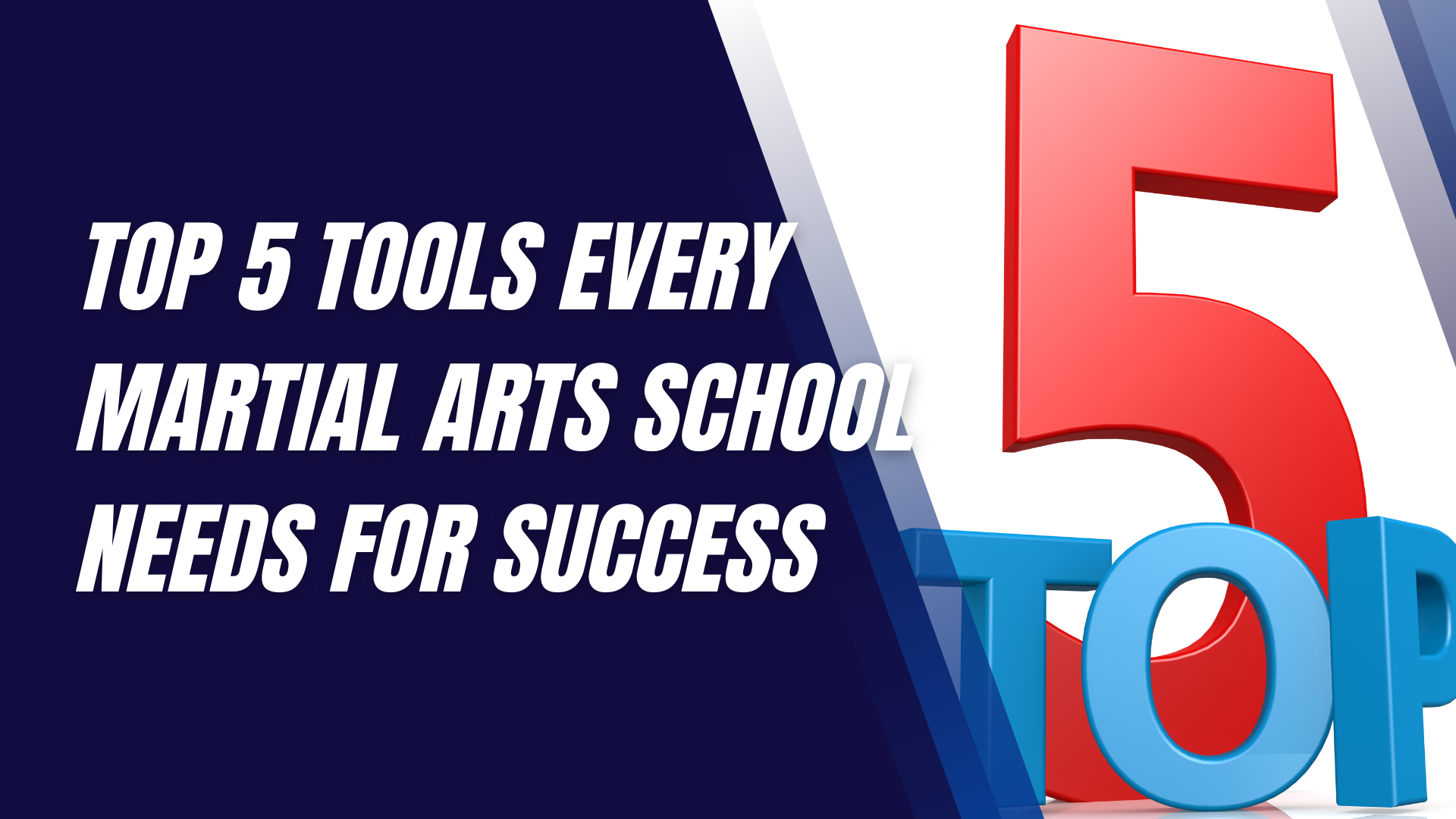Decoding the Pricing: Why Martial Arts Training Costs More Than Traditional Gym Memberships
For many individuals looking to embark on a fitness or self-improvement journey, the choice between joining a martial arts dojo and a traditional fitness gym is often influenced by cost.
It's commonly observed that martial arts schools tend to have higher membership fees compared to conventional gyms. This price difference, however, is rooted in several value-added aspects unique to martial arts training. This article explores the reasons behind the higher cost of martial arts training, shedding light on the intrinsic value that these disciplines offer beyond the price tag.
Specialized Instruction
Martial arts training is typically led by experienced instructors who have dedicated a significant portion of their lives to mastering their craft. These instructors provide personalized guidance, ensuring that each student learns proper techniques, which is crucial for effective practice and injury prevention. Unlike traditional gyms, where members may use facilities independently or participate in large, impersonal classes, martial arts schools offer structured classes with a more hands-on approach to learning and development.
Curriculum and Progression
Martial arts schools follow a structured curriculum that guides students through a progression of skills, leading to belt promotions and advanced levels of expertise. This systematic approach requires a curriculum developed over years of experience and knowledge, which is continuously updated to provide the most effective training. The cost of membership reflects not just the physical space or the equipment but the intellectual property and teaching methodology that has been refined over the years.
Facility Maintenance and Equipment
While traditional gyms require the maintenance of workout machines and equipment, martial arts dojos also need specialized facilities such as mats, punching bags, and other training tools that are specific to the art. These facilities need to be kept in top condition to ensure safety and effectiveness in training. Additionally, the cost of replacing and maintaining this specialized equipment contributes to the overall expenses of running a martial arts school.
Community and Culture
Martial arts training offers more than just physical fitness; it provides a sense of community and a cultural experience that is often absent in traditional gyms. This community aspect includes extra-curricular activities, seminars, demonstrations, and competitions, which are integral to the martial arts experience but also add to the operational costs of the school.
Insurance and Certification
Running a martial arts school often requires specialized insurance due to the nature of the training, which can be more intensive and contact-oriented than typical gym routines. Additionally, maintaining certifications and affiliations with national or international martial arts organizations can incur extra costs, which are reflected in membership fees.
Comprehensive Skill Development
Martial arts training is comprehensive, focusing on physical fitness, mental discipline, self-defense skills, and sometimes philosophical education. This holistic approach to personal development is more resource-intensive but offers value that transcends physical fitness alone.
Limited Class Sizes
To ensure quality instruction and individual attention, martial arts classes are often smaller than traditional fitness classes. This limitation on class size means that each student represents a higher proportion of the school's revenue, necessitating higher fees to cover operational costs.
Final Thoughts
The higher cost of martial arts training compared to traditional gym memberships reflects a myriad of factors, from the quality and depth of instruction to the community and culture inherent in martial arts practice. For many practitioners, the
benefits of martial arts—ranging from physical fitness and self-defense skills to mental discipline and community connection—justify the investment, offering a rich and fulfilling experience that extends well beyond the dojo's walls. When considering martial arts training, it's essential to look beyond the price, understanding the comprehensive value and life-long skills it provides.
Interested in trying a martial arts class? Find an affiliated academy anywhere in the country by clicking here.
Have your own martial arts program? Get to know more about what we have to offer at Ground Standard Agency for helping martial arts businesses grow.
Email us at info@groundstandard.com, or call and text us at (732) 907-8920 today to learn how to start growing your own academy, school, dojo, or gym with us as well.
Share this article












